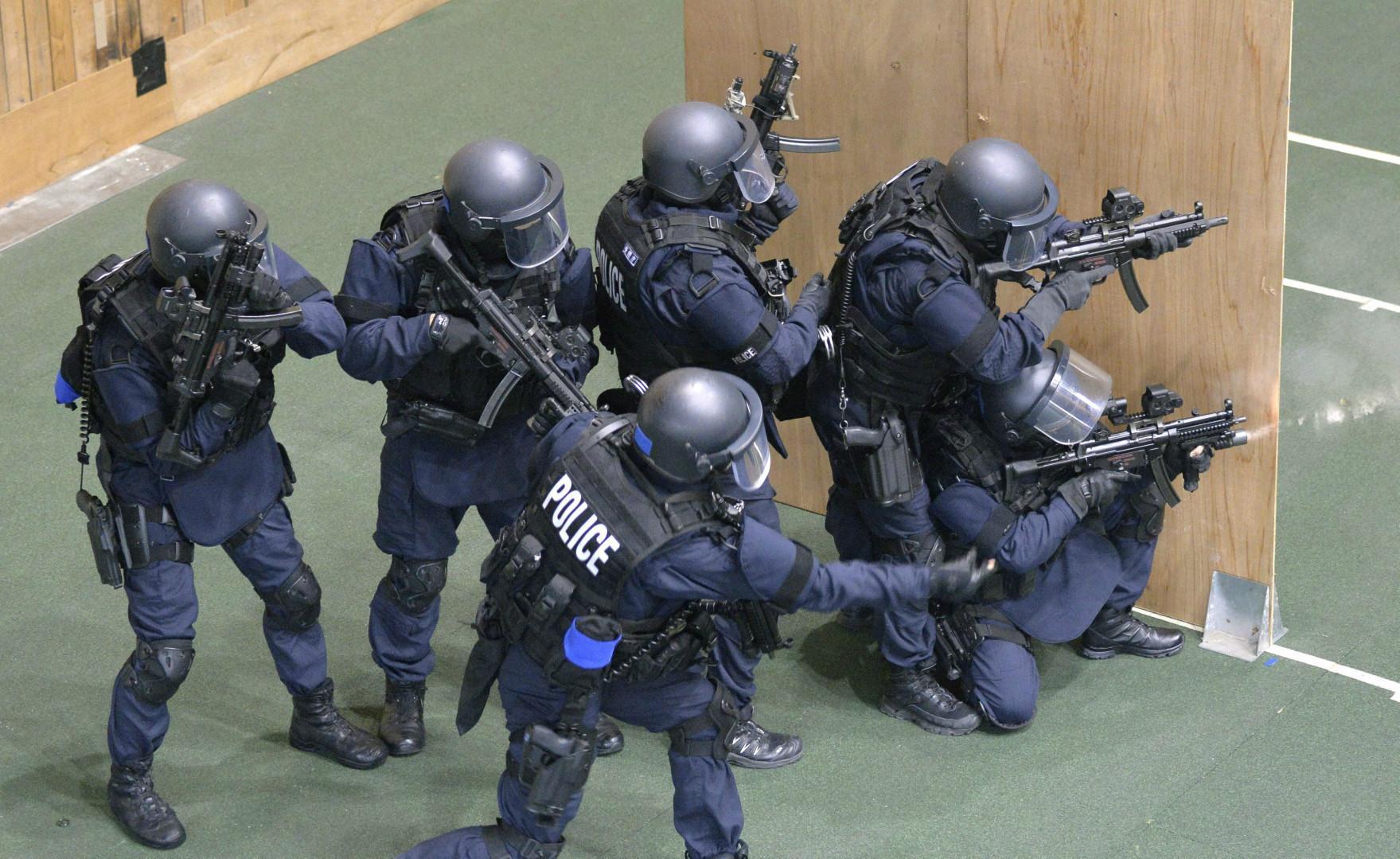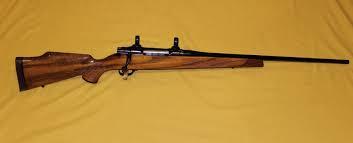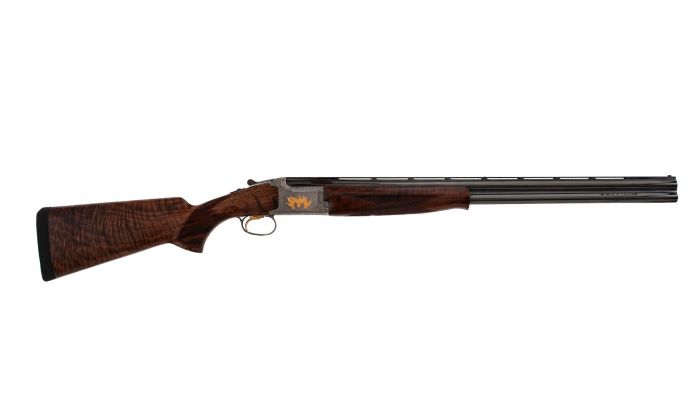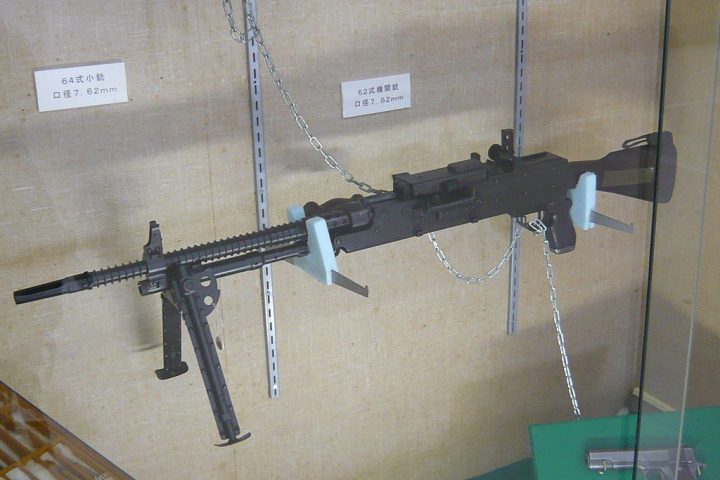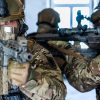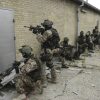Special Assault Team is a police tactical unit. It operates in central Japanese prefectural police departments; the National Police Agency supervises the unit. Their origins trackback to 1977 when they existed as a Special/”Zero” Company. In 1996 they were reorganized and known as the Special Assault Team (SAT).
Introduction
While Terrorism within the nation of Japan is rare, it does happen. Since 1972 there have been at least eight deadly attacks by members of the Japanese Red Army, and in 1995 the Tokyo subway was the center of a deadly Sarin gas attack that killed 12 and wounded over 5,500. Twenty-six subway stations were closed, and two lines were shut down, effectively grinding the city’s morning commute to a halt. In the coming weeks, up to 1/3 of the entire Japanese police force was used to track down and capture members of the Japanese Aum Shinri Kyo religious sect that had committed the attack.
To curb or stop such activities, the Japanese National Police formed the “Special Assault Team” in April of 1996.
History
By the mid-1970s, Japanese law enforcement had already established the Special Firearms Squad, part-time sniper squads being launched to respond to the Kin Kiro Incident in 1968. Assault sections were later established in some urban squads; these squads were predecessors of the Anti-firearms squads, but they were only part-time SWAT teams at this time.
In response to the Dhaka Incident, the National Police Agency decided to set up full-time anti-terrorism special units in secret at the Tokyo Metropolitan Police Department and the Osaka Prefectural Police Department. The Tokyo unit was established as the Special Company of its 6th Riot Police Unit and the Osaka unit as the “Zero” Company of its 2nd Riot Police Unit.
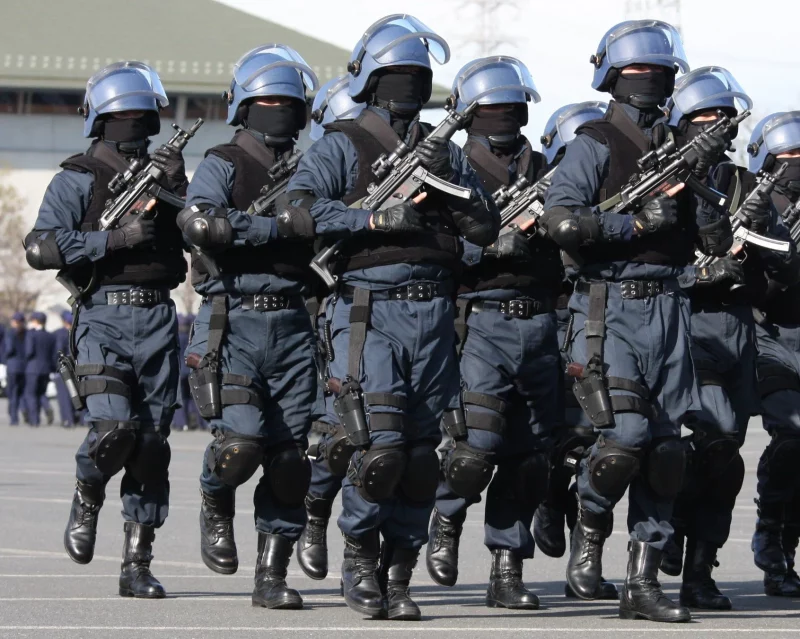
The Tokyo unit was nicknamed SAP (Special Armed Police), and it was recognized as the official name around 1982, and the flag was awarded. Several SAP officers were sent to West Germany to be trained by GSG-9 operators due to their experience in resolving the hijacking of Lufthansa Flight 181. They were instructed on using MP5s, which they first used in the 1980s.
These two prefectures had had a Special Unit tasked with counter-terrorism, but under the new arrangement and unit in 1996, Special Assault Team (SAT) was born. First Special Assault Team had platoon in each of the seven prefectures ( similar to states or provinces). In SAT, There were ten platoons, each is staffed with 20 to 30 operators, for a total force of 300 operators.
Mission
The SAT is mandated, along with the Anti-Firearms Squad and the Counter-NBC Terrorism Squad, for counter-terrorism missions and incidents involving firearms or criminals which require an armed response beyond the capabilities of local law enforcement in Japan. Most information on the unit has been confidential, its existence officially revealed only in 1996.
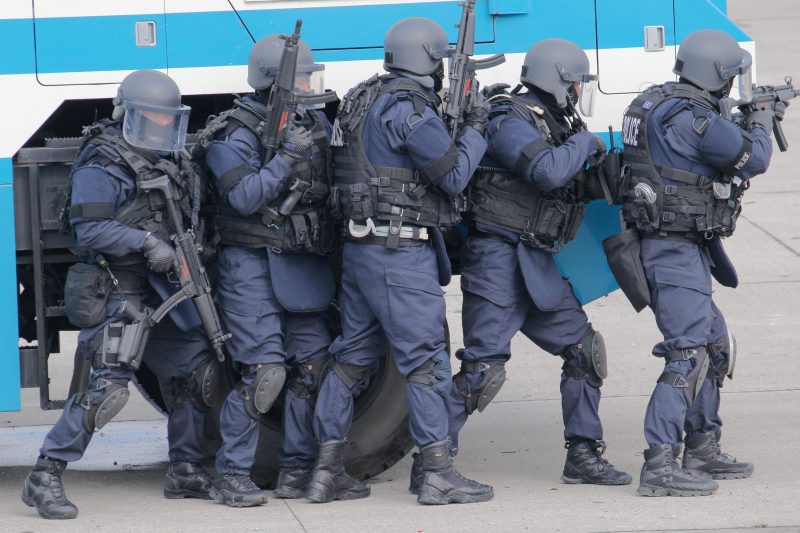
SAT operators are considered very proficient and frequently train with the French GIGN. Not much is known about this unit in the west. Still, it is known that they are experienced in building and tubular ( bus, train, and airplane ) assaults and various insertion methods, including helicopter rappelling.
Organization
Each SAT division consists of a Command section, Assault section, Sniping section, and Technical Support section. The Assault section executes assaults and suspects’ apprehension. The Sniping section provides reconnaissance and precision fire. The Technical Support section operates and maintains communications and surveillance equipment. The technical support group is in charge of electronic equipment such as microphones and cameras. The command section is responsible for tactical planning.
The total strength is about 300 officers. It is said that three teams in the Metropolitan Police Department, two teams in the Osaka Prefectural Police Department, and one team in each of the other Prefectural Police are set up. Each team consists of a command section, an entry section, a sniper support section, and a technical support section.
Training and selection
The police’s Special Assault Teams — Japan’s direct counterpart to foreign counter-terrorism paramilitary units — do have a reasonably strong record when put to use. They train with their military counterparts (the Special Forces Group at GSDF Camp Narashino) and have a training history with foreign anti-terrorism forces (notably in the United States).
Selection
Members are recruited from Riot Police Units. The members were selected from rangers, rescue specialists, snipers, and martial artists when the unit was founded. It is said that they will be subject to inspection and inspection for officers under 30 years old. To maintain physical strength, the service period is assumed to be approximately five years. Graduates are usually transferred to other departments in the Security Bureau.
Still, some are assigned to the criminal investigation department’s Special Investigation Team (SIT) to introduce their high SWAT capability to the detectives.
Training
Although SAT training is enigmatic, a retired SAP member recalled that Airborne Ranger Courses of the Japan Ground Self-Defense Force, counter-insurgency, and air assault training had been conducted. Nowadays, SAT has training facilities in six locations nationwide, and training at Yumenoshima is sometimes released to reporters.

There were also exchanges with overseas police forces, at least with joint exercise with the German GSG 9.10 SAT officers were placed under training by Queensland Police’s Specialist Service Branch in Queensland, Australia. The SAT does joint exercises with the SFGp.
Equipment
In addition to standard service handguns, the SAP units used Heckler & Koch P9S pistols as their main sidearms. After being reorganized into the SAT, Heckler & Koch USP and Smith & Wesson Model 3913 have been confirmed. There is information that Glock 19, SIG Sauer P226, and Beretta 92 Vertec has been adopted.
The SAT used Heckler & Koch MP5A5, MP5SD6, MP5K submachine guns. There is also information that SAT units have adopted Howa Type 89 assault rifles and M4 carbines.
The Howa Golden Bear, then M1500 as their sniper rifle. The Howa Type 64 rifle was also used as a designated marksman rifle. Later on, the Heckler & Koch PSG1 and L96A1 were also deployed. SAT teams operate special Heavy Special Armored Vehicle and unmarked bulletproof cars.
The first units that stood up in the 1970s had their operators forced to initially purchase tactical equipment with their own money through mail-in ads in military magazines.
Quick Facts
| Special Assault Team | |
| Country: | Japan |
| Nickname (s): | SAT |
| Active: | 1977 – 1996 (as Special/”Zero” Company); 1996 – present |
| Motto: | – |
| Type: | Police Tactical Unit, SWAT |
| Role: | Counter-terrorism, Law enforcement |
| Headquarters: | Tokyo (Most SAT operatives) at the Metropolitan Police HQ |
| Size: | approx. 300 members |
| Operations: | Neomugicha incident |
| Unit Awards: | – |


